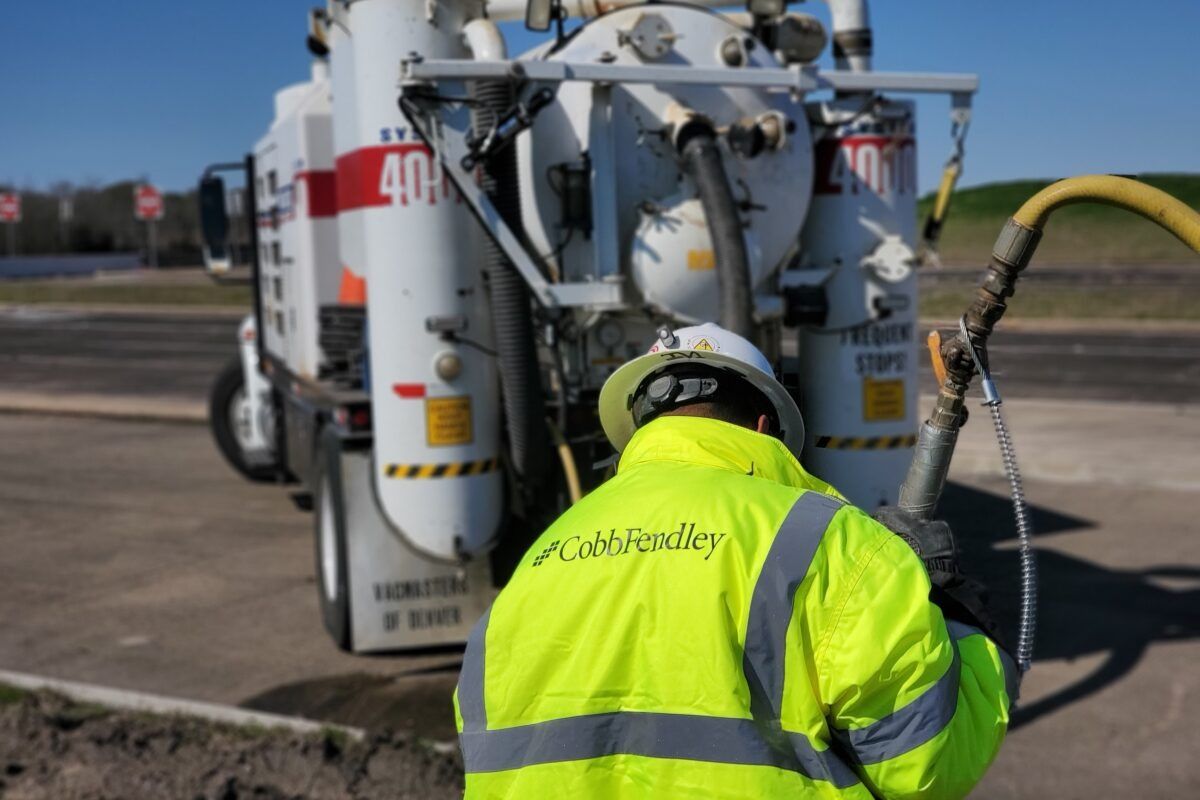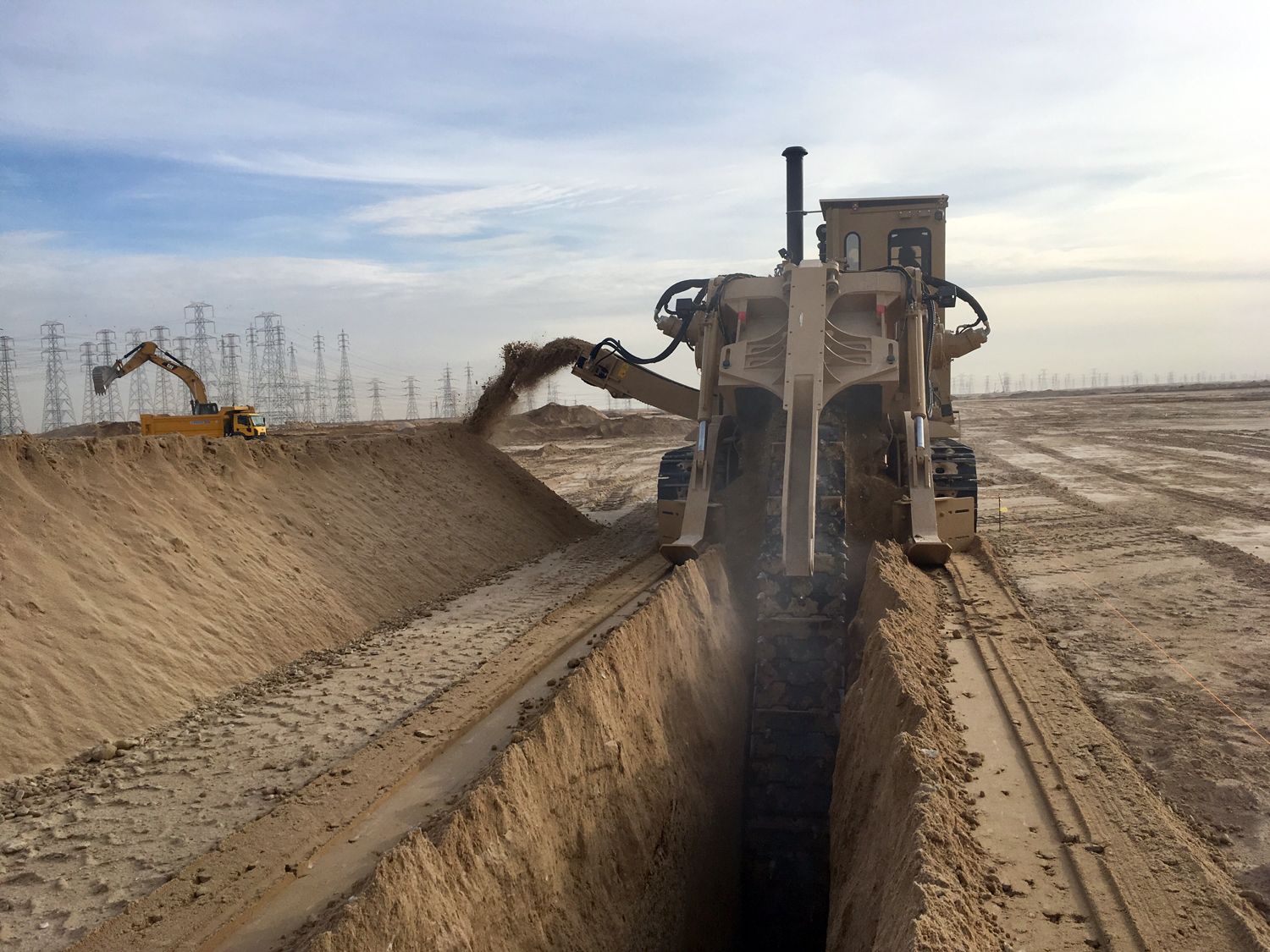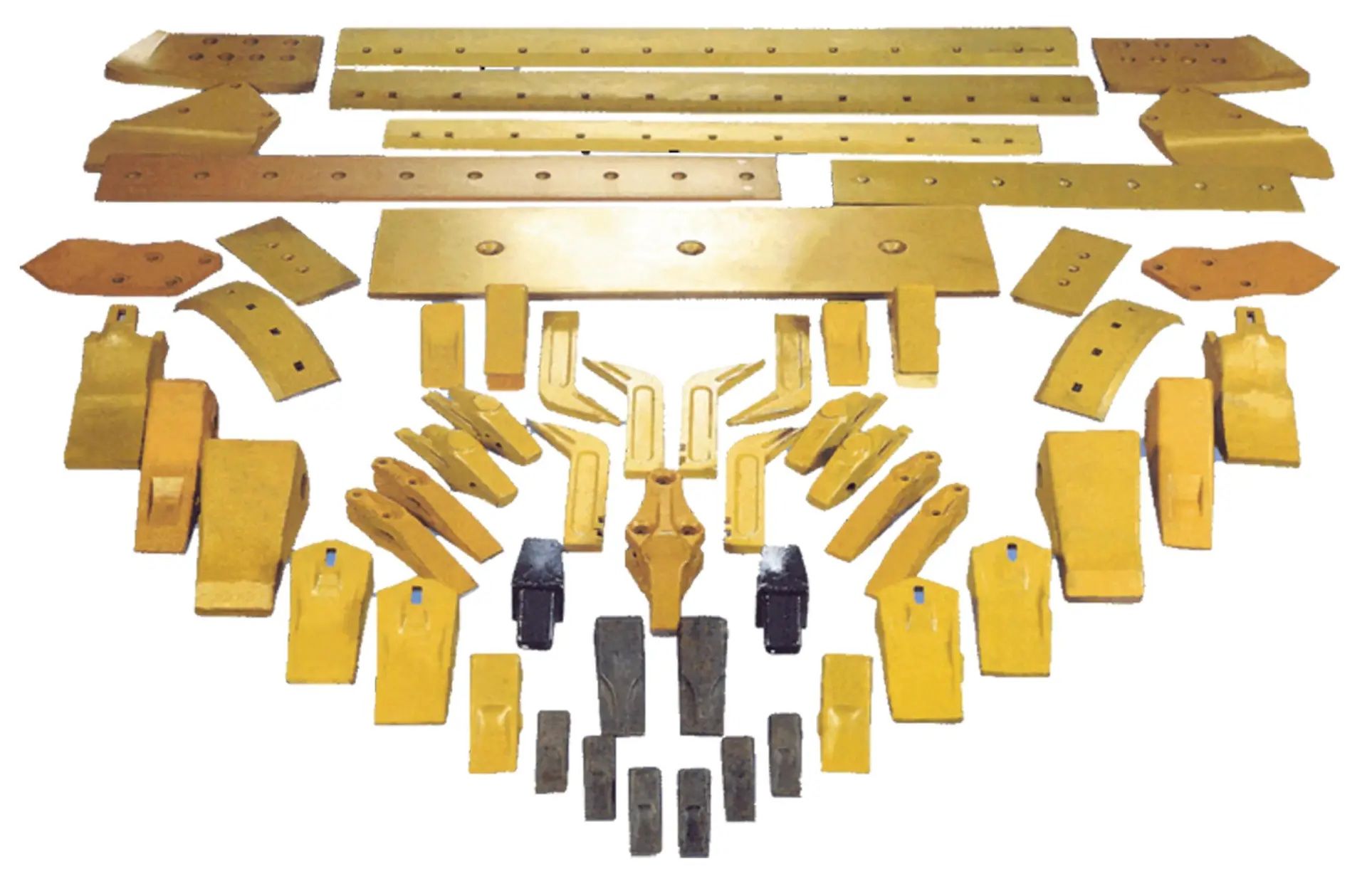The Growth of Trenchless Technology
Many cities have old water and sewer lines. Replacing them often means digging up streets. This can slow traffic and harm local businesses. Trenchless technology helps crews avoid major digging. It reduces surface damage and keeps projects moving faster.
Why Microtunneling and HDD Stand Out
Microtunneling and horizontal directional drilling are two leading trenchless methods. Both require less open trench work. They lower repair costs on roads and sidewalks. They also help keep neighborhoods cleaner during underground utility installations.
Importance of Site Conditions and Project Goals
Every location has different ground types and space limits. Wet soils may need careful drilling fluid management. Tight spaces might need smaller machines. Look at your soil type and project scope. This helps you choose the best approach before you break ground.
Understanding Microtunneling
What Is Microtunneling
Microtunneling uses a remote-controlled machine to install pipes underground. It often uses closed-face tunneling for better control in soft or mixed soils. A laser system checks the path. This gives accurate alignment for water or sewer lines.
Key Components and Equipment
A typical setup includes a microtunneling machine, slurry tanks, and hydraulic jacks. These jacks push the pipe forward during pipe jacking. The control console is above ground. An operator watches the laser and adjusts speed to keep on track.
Advantages
Microtunneling offers high accuracy in line and grade. It disturbs very little ground above, which is helpful in busy cities. It handles various soil conditions with the right equipment. It also keeps neighborhoods quieter because it happens mainly underground.
Challenges
This method can be costly at first. It needs special gear, like laser guidance systems, and trained staff. Drive length may be limited by the power of the hydraulic jacks. Planning takes time, but it reduces surprises during the job.
Understanding Horizontal Directional Drilling (HDD)
What Is HDD
HDD is a trenchless method that installs pipes and conduits underground. It uses a pilot bore, reaming, and pullback forces to shape a path. Tracking systems guide the drill head, and fluid recycling helps keep the bore clean.
Advantages of HDD
This method offers flexibility when crossing obstacles like rivers or busy roads. It also supports larger jobs with fewer surface disruptions. The initial equipment costs are often lower than microtunneling.
Challenges of HDD
HDD can face hydrofracture if the drilling fluid is not managed. This method also needs skilled operators and special reaming tools. Accuracy may change with different soil conditions or depth.
Key Project Considerations
Geotechnical Conditions and Soil Profiles
Rocky or soft soils can make drilling difficult. Soil investigation and ground-penetrating radar help teams choose the right approach. This research reduces risks during pipeline installation.
Bore Diameter and Drive Length
Microtunneling usually suits smaller-diameter lines with precise line and grade accuracy. HDD can handle bigger diameters over longer distances. Always match the method to the job scope.
Environmental and Regulatory Factors
Projects in crowded cities need careful planning. Permits and environmental compliance rules can affect schedules. Some sites have limits on noise or open excavation.
Budget and Timeline
Microtunneling may cost more upfront. Yet, it works well for tight urban areas. HDD has lower equipment costs but still needs trained crews. Weigh long-term operational expenses against your project timeline.
Common Use Cases for Microtunneling
Municipal Sewer Lines and Water Mains
Many city projects need precise line placement for water or sewer upgrades. Microtunneling fits these needs by offering a remote-controlled system. This helps crews maintain accurate paths with minimal surface disruption.
Shorter Drives in Urban Settings
Some jobs require tunnels under roads or rail tracks. Microtunneling works well for shorter distances in busy neighborhoods. It keeps traffic moving and reduces noise since the tunneling happens mostly underground.
Projects with Strict Tolerance
Jobs that demand exact grade control often turn to microtunneling. The closed-face design and guidance system help avoid stray paths. This is vital when working near other utilities or critical structures.
Common Use Cases for HDD
Large-Scale Pipeline Projects
HDD is often chosen for long distances or when crossing wide barriers like rivers. It can push pipes through soil without digging a big trench. This lowers the time spent on backfilling and surface repairs.
Oil and Gas Lines Over Long Distances
Some installations span miles and need minimal bends. HDD can handle these large bores with fewer surface entry points. It also allows crews to adapt to shifting soil layers with specialized tooling if needed.
Less Specialized Guidance Needs
Not all jobs need tight tolerance. HDD can cover slight variances in alignment. This makes it a go-to choice for utility lines in open fields where small path shifts are acceptable.
Cost and ROI Analysis
Equipment Procurement
Crews can purchase or lease microtunneling machines or HDD rigs. Brand-new units cost more but come with warranties. Used machines lower total cost of ownership but may need extra maintenance.
Operational Costs
Labor, fuel, and drilling fluid drive day-to-day expenses. Microtunneling may require a bigger team for laser alignment. HDD needs fluid recycling and reamer heads to expand the bore. Each method has a unique ROI profile based on job size.
Maintenance and Downtime
A microtunneling setup might need cutter head changes on a fixed schedule. HDD rigs often use reaming tools that wear faster in rocky ground. Proper maintenance schedules reduce downtime. This planning helps teams stay productive and save money.
Making the Final Decision
Key Questions
Ask how precise your alignment must be. Check if you have a limited or wide area for setup. Consider the total project length to see if one method will save time or resources.
Site Surveys and Expert Advice
Gather soil data through field tests. Consult with specialists who know local conditions and equipment limits. Their guidance helps avoid surprises during drilling or tunneling.
Financing and Rental Options
Large trenchless equipment can be costly. Some firms offer financing plans or rentals for big projects. Review these options to balance initial spending against long-term returns.
Conclusion and Call to Action
Compare Methods
Microtunneling is best when you need precise grade control or tight entry points. HDD supports longer runs or higher flexibility in path alignment. Match the method to your budget and site demands.
Custom Recommendations
Every location has unique challenges. Talk with Wolf Machinery Supply for equipment advice that fits your goals. Our team can suggest rigs or systems that align with your project scope.
We are here to guide you through your next underground job. Contact our trenchless technology experts today for personalized guidance on the best drilling or tunneling solution for your next project.




